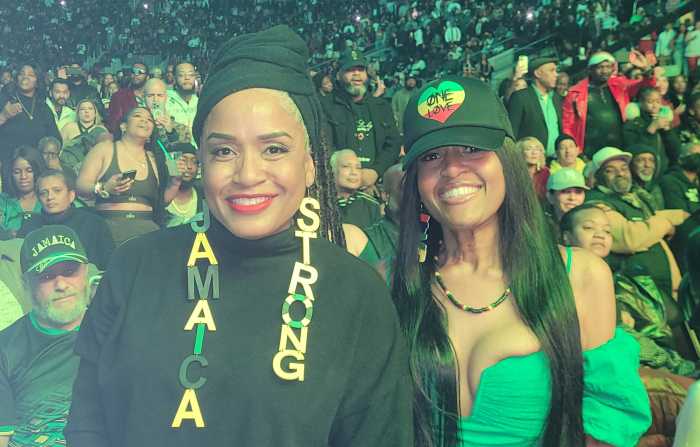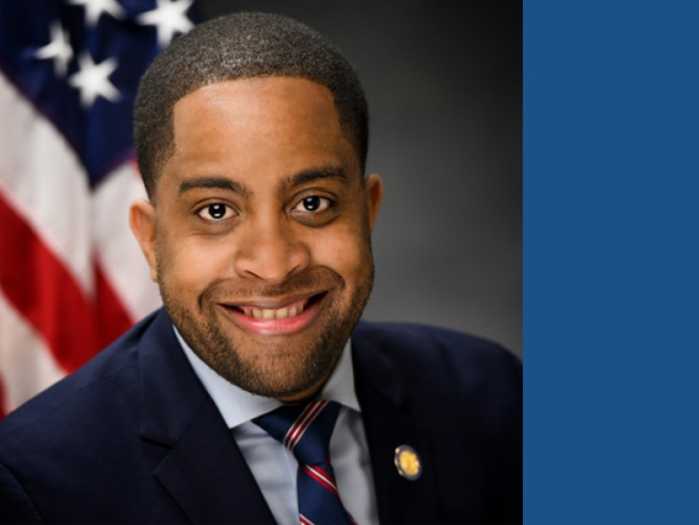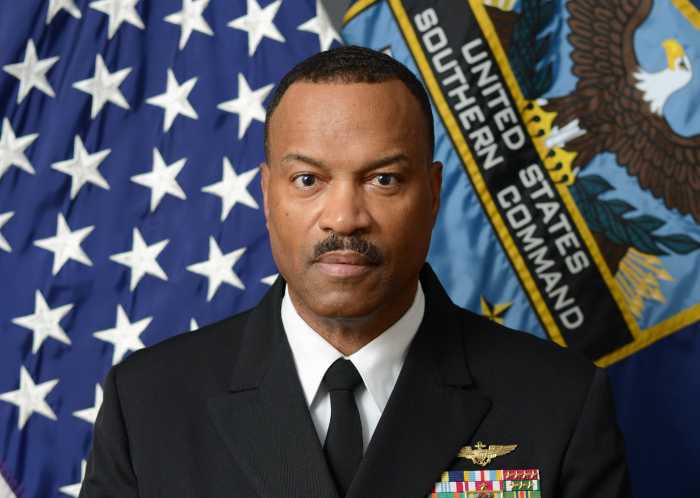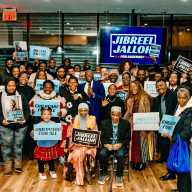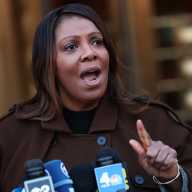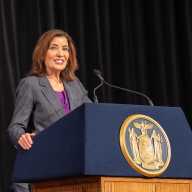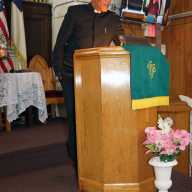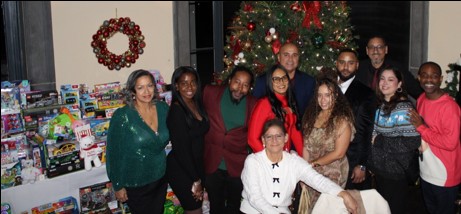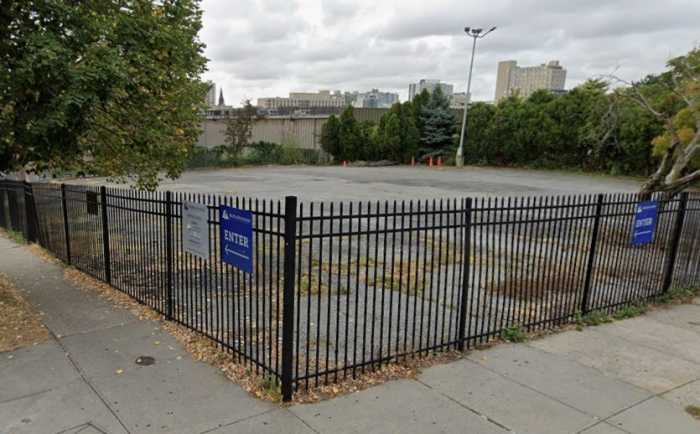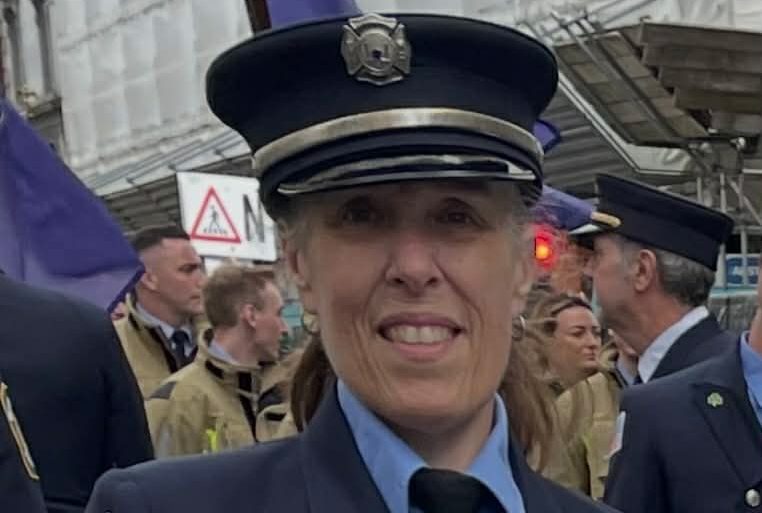On May 8, the Schomburg Center for Research in Black Culture at the New York Public Library (NYPL) hosted its hybrid kickoff of a yearlong celebration in honor of the 100th anniversary of its founding.
Arturo Alfonso Schomburg was born in 1874 in Santurce, Puerto Rico. He was the son of Mary Joseph, a freeborn Black midwife from the island of St. Croix, and Carlos Federico Schomburg, a merchant and the son of a German immigrant.
“When he was a child, Schomburg was told by a schoolteacher that Black culture lacked major figures and noteworthy history. This would drive him to devote his life to collecting “vindicating evidence” of Black global culture. After arriving in New York City at age 17, he became a vocal supporter of Puerto Rican and Cuban independence,” the Center’s website states.
In 1911, Schomburg and John Edward Bruce, a writer and historian, established the Negro Society for Historical Research at NYPL’s West 135th Street branch in Harlem, NY. Both men then worked to acquire books, manuscripts, pamphlets, and more documenting African Diasporic history — amassing over 3,000 objects, keeping them in their homes and with friends, hoping to find a permanent location.
During the Harlem Renaissance, which began in 1920, Ernestine Rose, a Black woman, was appointed head librarian for the NYPL’s West 135th Street branch. In 1924, Rose wrote a letter asking for Schomburg’s presence at a meeting to discuss “a department of Negro Literature and Art” at the Library. On May 8, 1925, the Division of Negro Literature, History, and Prints, now known as the Schomburg Center, opened as a special collection there, featuring books about and items related to the African Diaspora, with gifts and loans coming from the private libraries of noted Black collectors including John E. Bruce, Louise Latimer, Hubert Harrison, George Young, Dr. Charles D. Martin, and Arturo Schomburg.
The celebration was from 11 a.m. to 5 p.m., and one of the panels, with current Schomburg Center Director Joy L. Bivins and past directors Khalil Gibran Muhammad (2011–2016) and Kevin Young (2016–2021), highlighted the center’s past, present, and future.
Muhammad shared a bit about the building’s infrastructure and how it impacted his time serving as director during Obama’s presidency.
“I had a sense that infrastructure was not as relevant to the national conversations happening in an era that would come to be known as Black Lives Matter. For me, part of the challenge as I took it on and defined it for myself was how to push back against this sense that the relevancy of the Schomburg Center was not quite what it had once been and that while, of course, the collections would always be central to our work in knowledge production,” Muhammad said.
“The sense of urgency or the politics of knowledge were somehow diminished at this moment, and I just thought that was absurd, so I worked really hard to at least redefine how I understood how space could be used,” he added.
On the uniqueness of the Center, Young said, “It’s one of maybe three entities that had the audacity to try to create an institution around the African-African diaspora and heritage struggle; it also had the first burst of energy in the Black studies movement in the late 60s early 70s and in colleges and universities.”
He added that at the time he arrived, the Center was “in a vibrant, academic and political state trying to discover, in some instances, and develop on in others, the tools and resources, knowledge and information, that could advance this search for a new understanding of Black history and black culture and a new understanding of the purpose of it.”
Bivins shared that she came to be involved in the Center’s storied collections, but she was not looking to be the director of it. However, when the opportunity opened up, she realized it was a huge responsibility and said, “It’s not just running an institution; it is continuing a legacy, protecting a legacy. I felt a lot of pressure with that, but I was also mired in the reality of a global pandemic. So, a good part of the first portion of my tenure was making sure we were safe and transitioning into serving people without getting sick. There were multiple understandings of how to handle objects during this time.”
She added, “I would say my vision was grounded in making it to the centennial and creating the conditions for a celebration that honored the legacy of this institution and then helped to transition us into what the future could look like, what the future could bring.”



